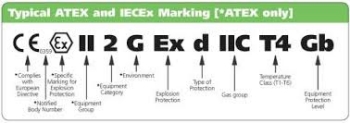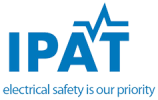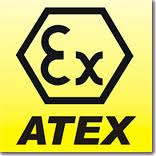ATEX Inspection Services & SI Testing
We carry out ATEX Inspection Services & SI Testing onsite to Compex Ex 14 standards that are ranging from initial assessment of your requirements to provision of the entire, complex survey (including Part 17 inspections, electrical installations, equipment and systems inspections, etc.). If required, we can provide details of the inspection pointing out works that have to be carried out in an Explosive Protection Document to ensure not only compliance with the Legal Requirements of the EU, but most of all – the complete safety in hazardous conditions. Compex Trained to Ex 14 Stds.
IPAT Ltd have at their disposal the following:
- Specialist expertise to boost your in-house ATEX knowledge, assuring the client of full compliance
- Assistance from the early stage of the project, through design, equipment selection, installation, inspection, verification and handover.
- Review and approval of electrical designs and loop diagrams.
- Review and approval of purchase specifications for ATEX equipment and instrumentation.
- Preparation of the Descriptive System Documents for Intrinsically Safe Systems.
- Preparation of SIL verification reports for ATEX related interlocks.
- Provision of all documentation, field inspection reports etc.
- Preparation of ATEX Verification Dossier for client handover.
Typical ATEX Marking

Who do these regulations apply to?
The Regulations apply at most workplaces where flammable substances are stored or used, for example, factories where flammable liquids are present or where flammable dusts are produced in the process.
Examples are chemical processing, spraying of paint and varnishes, LPG storage and filling, milk drying, flour production
What is a flammable substance?
Flammable substance includes any substance or preparation, which because of its properties or the way it is used can cause harm to people from fires and explosions.
Examples of flammable substance are: petrol; liquefied petroleum gas (LPG); paints; varnishes; solvents; and dust which when mixed with air could cause an explosive atmosphere, for example, dust from milling and sanding operations. Flammable substances can be found, in varying quantities, in most workplaces.
What is an explosive atmosphere?
An explosive atmosphere is an accumulation of gas, mist, dust or vapour, mixed with air, which has the potential to catch fire or explode. An explosive atmosphere does not always result in an explosion, but if it caught fire, the flames would quickly travel through it. If this happens in a confined space (e.g. in plant or equipment) the rapid speed of the flames or rise in pressure could also cause an explosion.
ATEX Frequently asked questions

